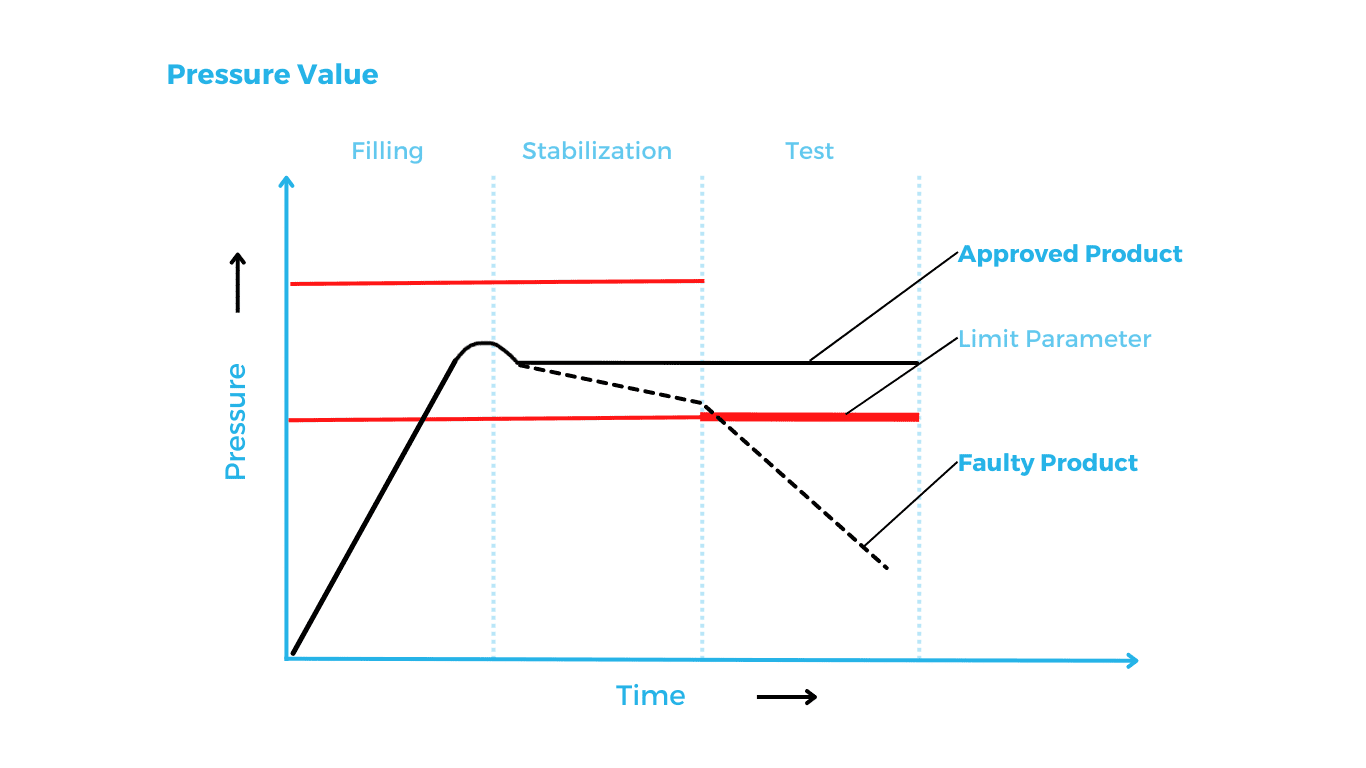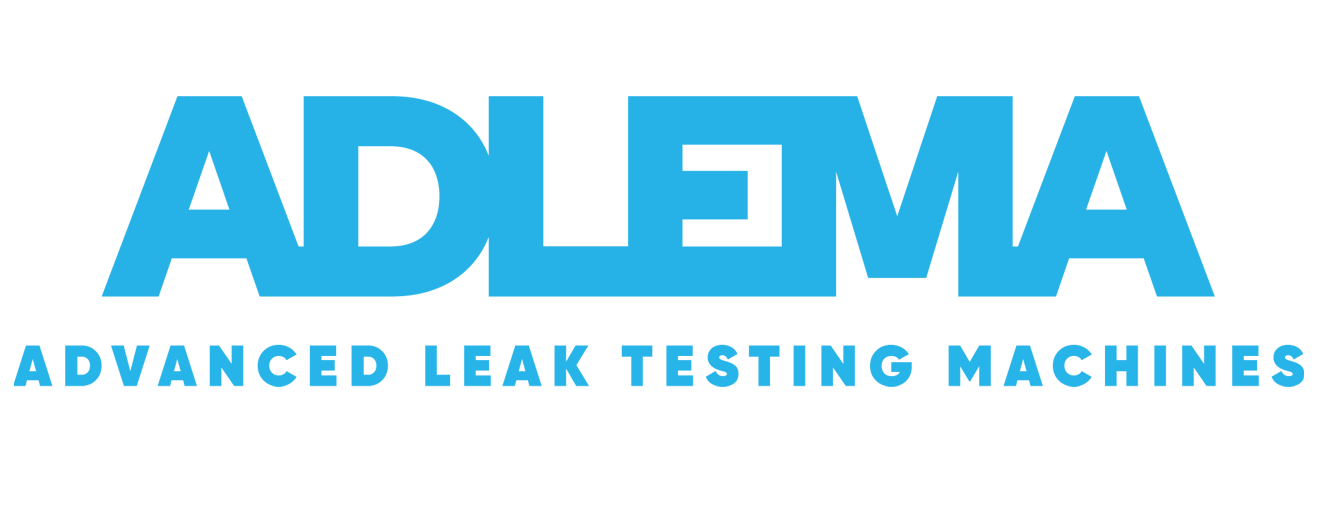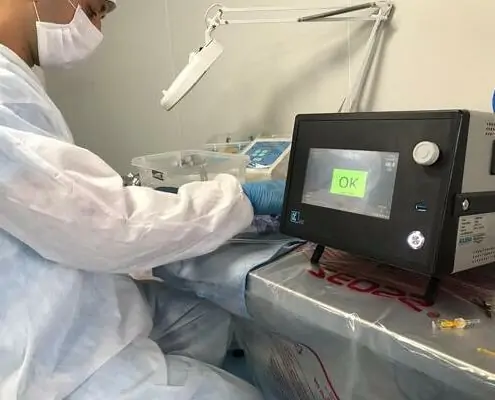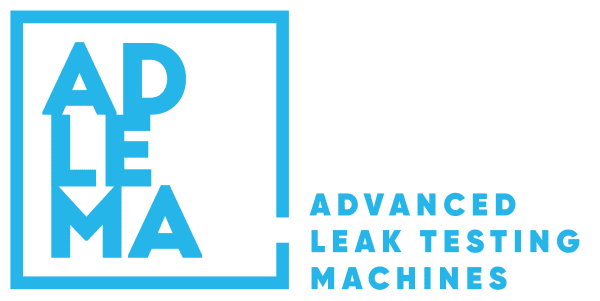What is Leak Testing?
The leak test, which is a non-destructive testing method, tests whether the fluids pass from the outside of the part to the inside or from the inside of the part. Leakage in sealed parts is usually caused by defects in the part. These defects may be caused by holes or cracks that emerged during the manufacturing process, or they may be a defect in the material used. Although pressure vessels are probably the first example that comes to mind when considering products with a leak-proof feature, dozens of products, from medical products such as catheters to the refrigerator in your home, must pass the leak tests.
Leak-proof Expected Scenarios
- Liquids coming out of the product (Beverage, Medical Catheter, Fuel Hose)
- Liquids entering the product (Electronic Products, City Pipelines)
- Bacterial contaminations (Drugs, Medical Products, Food and Beverage, Cosmetics)
- Exhaustion of gases from the product
– Hazardous gases (Home, Nerve Gas, Combustible Gases)
– Non-hazardous gases (Vehicle Tires, Building Ventilation Pipes, Helium Cylinders)
Why do we need leak testing?
Leaks in a beverage can impact user experience, but in appliances like stoves, they can be life-threatening. Products affecting health or operation undergo sensitive leak testing, yet achieving a “0” contraband product is impractical. Minimal leaks within tolerance are acceptable, ensuring safety without unnecessary financial burdens. In engineering, realistic tolerances align with industry standards, rejecting impossible perfection for both producers and consumers.
In leak testing, it is tested whether the products work within a certain leakage. There are several methods of performing leak tests. These methods range from monitoring the pressurized product underwater to see if it bubbles (a highly subjective and unsafe method), to the pressure decay method, to helium tests.

In the leak tests using the pressure decay method, Adlema BT4000 series devices follow the pressure change in the order of 0.1 Pa at test pressures between -1,+40 bar. If the product is leaking, the pressure of the tested part will drop. If the leakage amount calculated from the pressure decay amount does not comply with the standards, it will show that the product is faulty.
In Which Industries Are Leak Testing Used?
Industries that commonly use leak testing as part of their manufacturing processes include:
- Automotive
- Defense industry
- Medical
- HVAC & Installation
- Electronic
- Consumer Products
Adlema optimizes the process with its partners, with its experience in different sectors and different products in the field of leak tests. Thanks to Adlema BT4000 series Advanced Level Leak Testing Devices, you can record the tests performed, examine the data and report it. The devices’ IoT features contribute to easy access to reports and strengthen lean manufacturing practices. Contact Adlema for sustainable production and leak testing.


